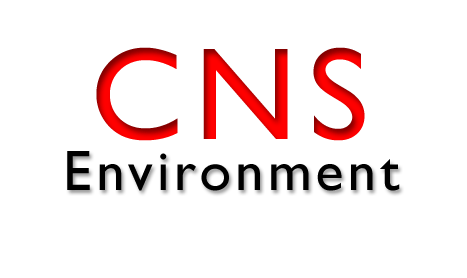New Republican Gov. Larry Hogan doesn’t want to dig into chicken poop just yet.
The state’s new phosphorus management tool regulations are on hold until further review, Hogan said during his budget announcement on Thursday.
If the new regulations had gone into effect, an estimated 220,000 tons of excess poultry litter would have been removed from Maryland farms, said Bevin Buchheister, the Maryland director for the Chesapeake Bay Commission.
The new regulations, put into the Maryland Register for public comment on Dec. 1, 2014, by the O’Malley administration, were scheduled for publication of final action in the register on Jan. 23. The regulations included identification and redistribution of excess phosphorus in soils and site-specific regulations to prevent excess nutrient runoff.
The estimate was “based on how much litter is produced, and about 80 percent of the fields in the lower four counties on the Eastern Shore would probably not be able to reduce litter,” Buchheister said.
“The next step for the commission is to work with the Hogan administration and continue our work on this, and I think they’re open to working with us,” Buchheister said. “I don’t know what their intentions are, but we certainly intend to work with them.”
Fifty percent of phosphorus pollution that flows into the Chesapeake Bay from Maryland is attributed to agriculture, and 80 percent associated with agriculture on the Eastern Shore, said Alison Prost, the Maryland executive director for the Chesapeake Bay Foundation.
“I think we have to see whether or not (Hogan) is going to- what does the delay mean, is he going to quickly have his department look at it and put regulations back out or do we need to consider asking the General Assembly to do something to control phosphorus pollution in the state?” Prost said.

